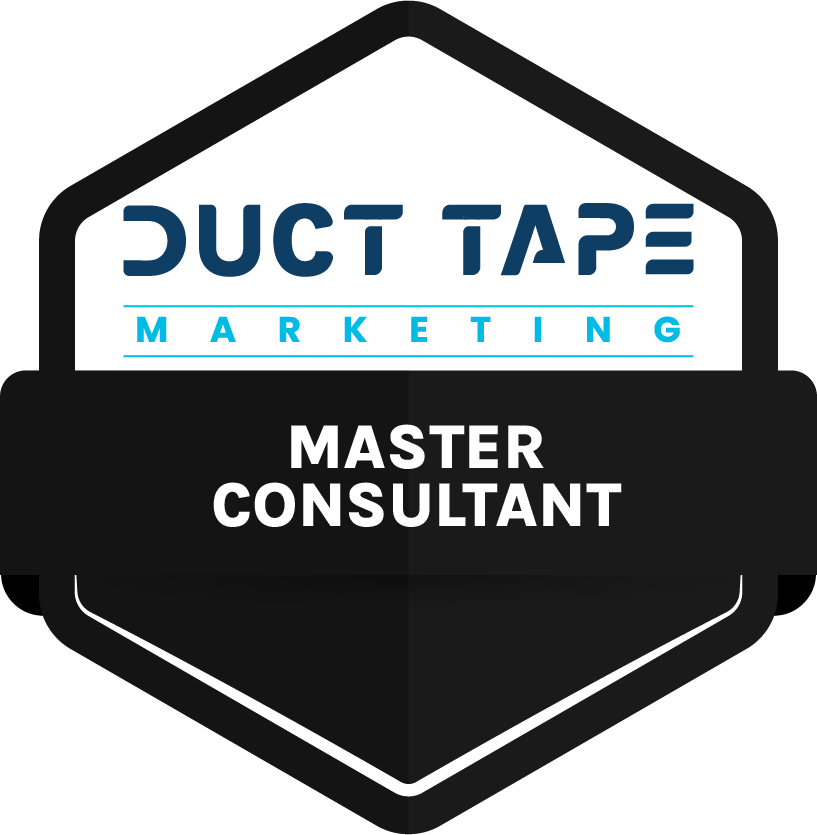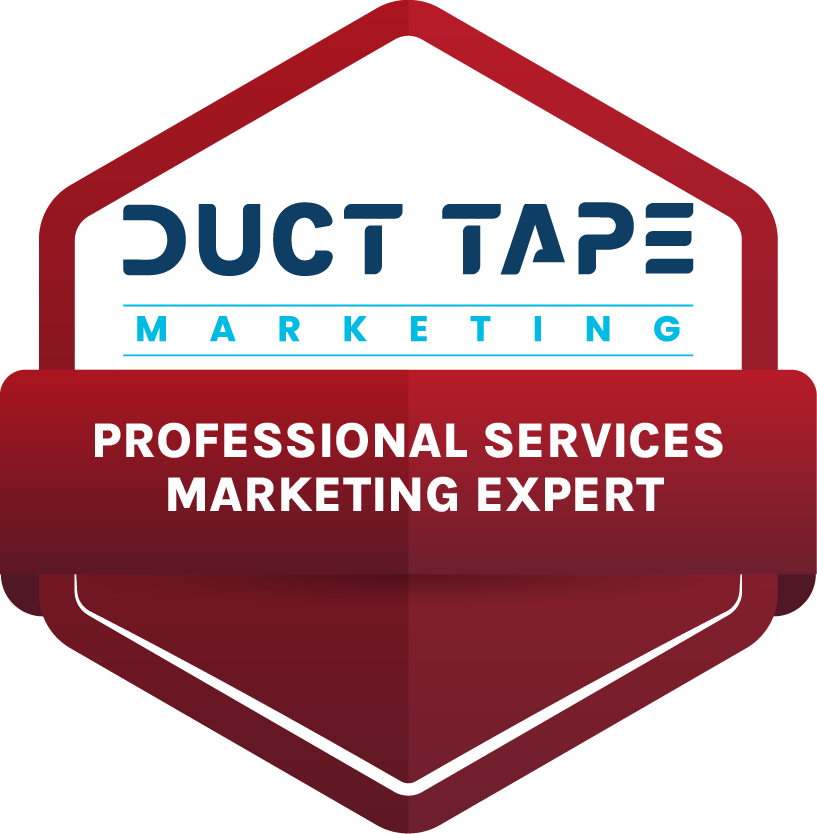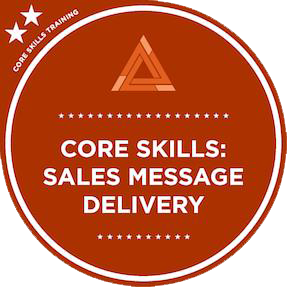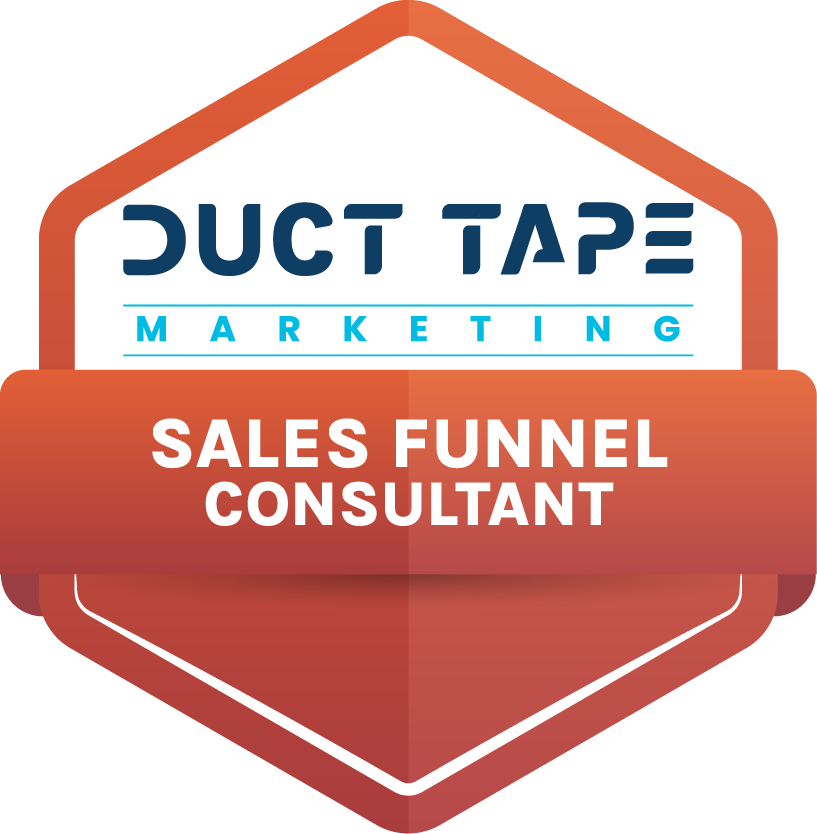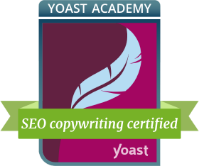 B2B buyers are still moving through the same three stages—awareness, consideration, decision—but the way they navigate those stages looks nothing like it did just five years ago. Today’s buyers are more independent, more skeptical, and more likely to expect a B2C-level experience from even the most technical B2B product.
B2B buyers are still moving through the same three stages—awareness, consideration, decision—but the way they navigate those stages looks nothing like it did just five years ago. Today’s buyers are more independent, more skeptical, and more likely to expect a B2C-level experience from even the most technical B2B product.
If you’re still building your marketing and sales strategies around the way things used to work, you’re going to miss the mark. In this article, we break down how the buyer journey has actually changed in 2025: what your audience expects at every stage, and what you need to do differently to stay in the running.
1. What’s the Same and What’s Not
2. Awareness: Buyers Want to Learn Without the Pitch
3. Consideration: They’re Making the Shortlist Without You
4. Decision: It’s Not About the Sale, It’s About Confidence
5. Final Takeaways
6. Frequently Asked Questions
What’s the Same and What’s Not
The buyer journey still follows the familiar three-part structure: awareness, consideration, decision. Today, however, everything that happens in those stages has shifted.
Buyers now:
- 🔹 Rely heavily on third-party sources before ever contacting sales (e.g., third party reviews, “Best of…” articles)
- 🔹 Engage across 10+ channels (double what they used five years ago)
- 🔹 Expect self-service tools and full pricing transparency (think FAQs, chatbots, or online price estimating tools)
- 🔹 Make decisions as committees, not individuals
- 🔹 Demand ROI within six months for many purchases
This means your sales and marketing need to adapt to what buyers are doing, as well as how and why they’re doing it.
Awareness: Buyers Want to Learn Without the Pitch
In 2025, awareness doesn’t mean blasting your name across the market. It’s about being findable and helpful.
Buyers in this stage are asking themselves:
- 🔹 What’s the real problem I’m trying to solve?
- 🔹 What options exist to solve it?
- 🔹 What do I need to know before I commit to researching vendors?
They want:
- 🔹 Educational content that doesn’t push a product, such as Q&A pages, thought leadership articles, how-to guides and educational blog posts, industry reports and research summaries, checklists and self-assessment tools.
- 🔹 Real-world examples that help them see themselves and a path to problem solutions
- 🔹 Information presented in quick, digestible formats like blogs, short videos, and infographics
If your website still treats awareness as a lead capture moment, you’re missing opportunities to . earn attention and trust.
Consideration: They’re Making the Shortlist Without You
By the time a buyer moves to the consideration stage, they’ve defined what they need and they probably have a few vendors in mind.
In fact, 80–90% of buyers have a shortlist before reaching out to any vendor, and nearly half only consider 1–3 products seriously.
Here’s what they want from you now:
- 🔹 Transparent pricing (or at least a clear range) and “what to expect” content
- 🔹 Detailed product comparisons
- 🔹 Relevant case studies and customer success stories
- 🔹 On-demand demos, ROI calculators, or free trials
Buyers are comparing features and figuring out who they like and trust. If they can’t find the answers quickly, you’re out of the running before you ever knew you could be in it.
Decision: Skip the Pitch, Provide Reassurance
In the decision stage, buyers aren’t looking for one more pitch. They’re looking for reassurance that they are on track to making the right decision.
They need to:
- 🔹 Convince internal stakeholders
- 🔹 Justify budget to a CFO or finance lead
- 🔹 Minimize risk of regret after the purchase
Here’s how you help:
- 🔹 Offer ROI templates or support building the business case
- 🔹 Be transparent in negotiations
- 🔹 Provide customer references or testimonials, implementation timelines, and post-sale support plans
- 🔹 Show up like a partner, not a vendor
Final Takeaways
If you want to stay relevant, stop thinking of the buyer journey as a funnel you control. You don’t.
Buyers control the pace, the path, and the players. Your job is to remove friction, build trust early, and be ready when they decide to raise their hand.
Here’s what that looks like:
- 🔹Focused, helpful content at every stage
- 🔹Sales and marketing working together, not in silos
- 🔹Tools and resources that help buyers feel confident, not cornered
The companies doing this well aren’t the ones shouting the loudest. They’re the ones helping consistently and clearly.
Frequently Asked Questions
Is it worth investing in awareness content if it doesn’t convert right away?
Yes. Buyers are shortlisting before they reach out. If you’re not helping during awareness, you’re likely never in the conversation at all. Q&A pages, thought leadership articles, how-to guides and educational blog posts, industry reports and research summaries, checklists and self-assessment tools all work well in this stage.
How do I know if my buyers are stuck in the consideration stage?
Look for signs: repeat site visits, multiple stakeholders engaging, long decision timelines. Then follow up with resources, not pressure. Content that works for this stage includes case studies, product or service comparison guides, pricing overviews, on-demand demos.
Should sales be involved earlier or later in the buyer journey?
Later—but smarter. Sales should be ready with high-value insights once buyers are engaged, not push their way in early.
PS: Like what you’re reading? Subscribe to Magnetic Marketing Tips and stay in the know.
Don’t miss these previous articles:
Buyer Journey Content Checklist
Why Your B2B Buyers Don’t Want to Talk Sales (Yet)
How to Structure Content for AI (Without Losing the Human Touch)





